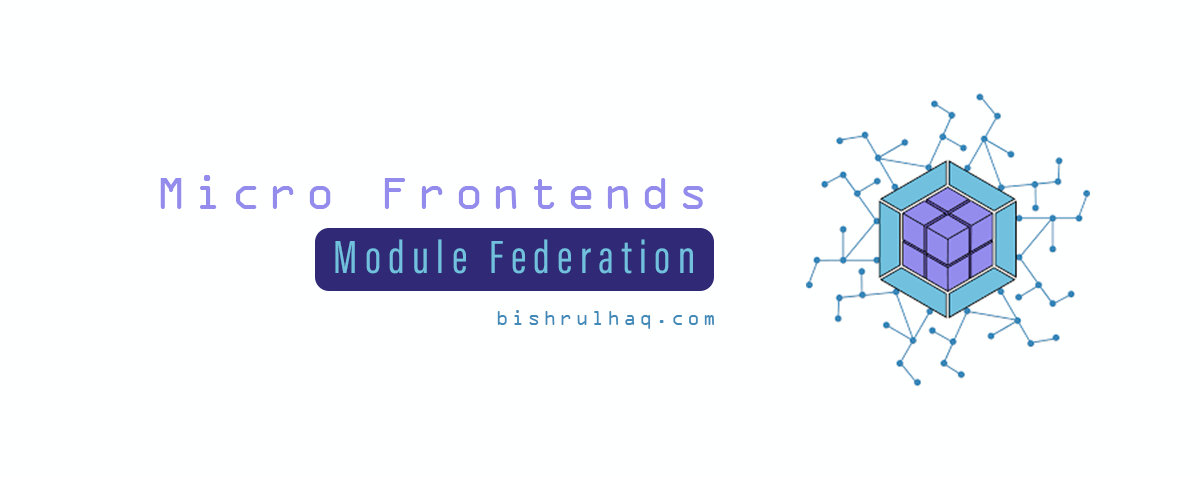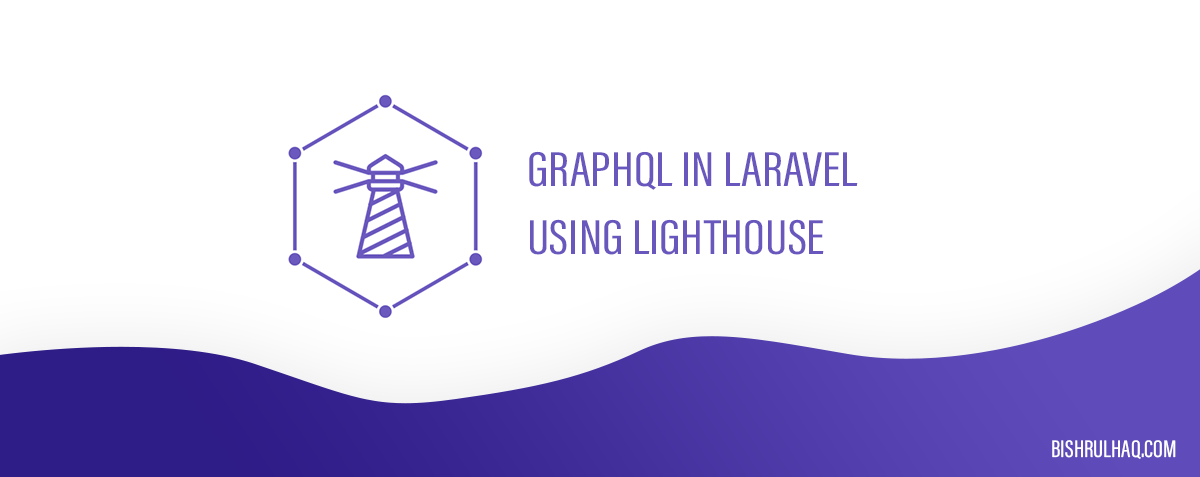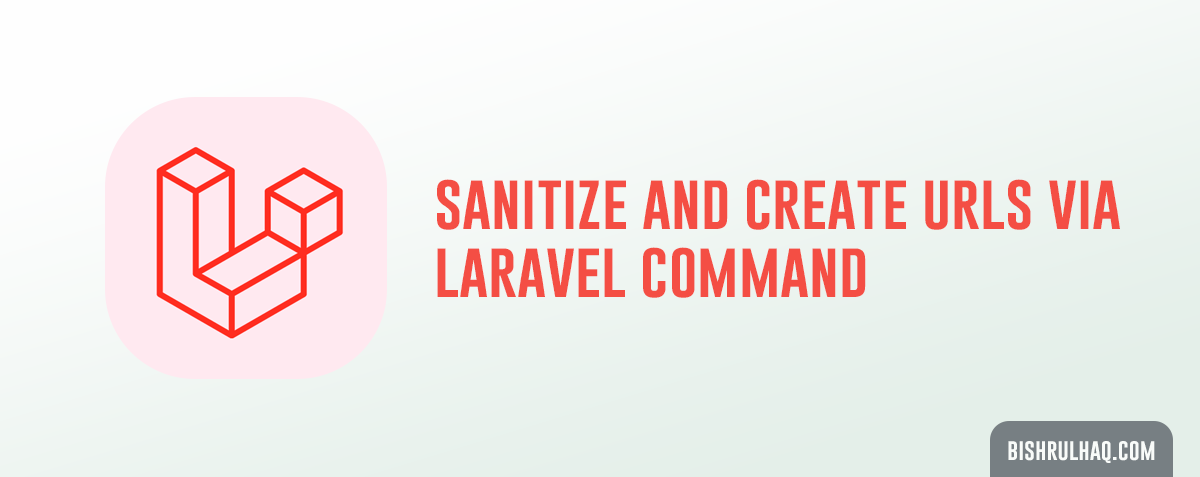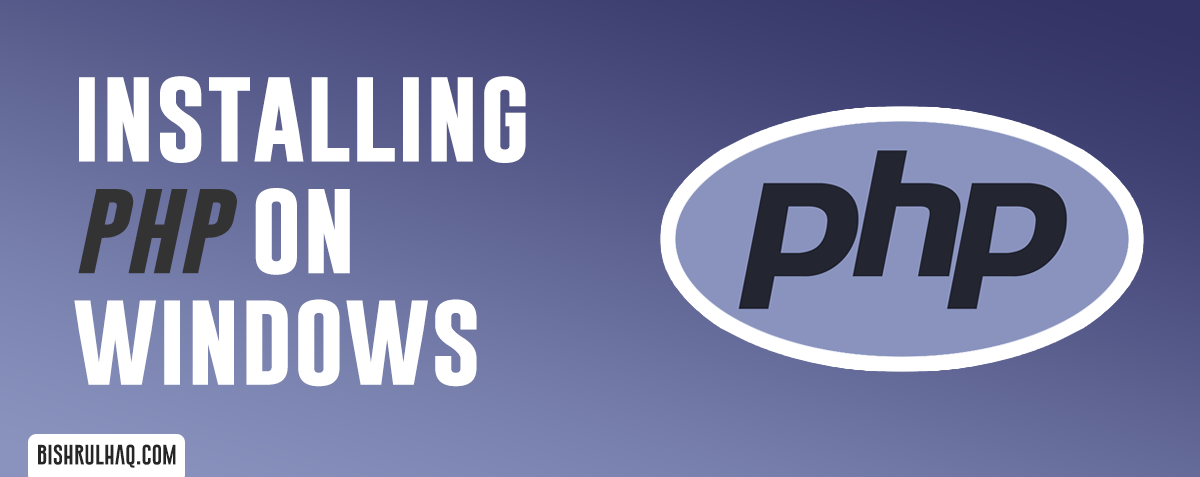Posts
Laravel
PHP
Python
Linux
Android
Ubuntu
JavaScript
Digital Ocean
React Native
Programming
Tech
WordPress
AWS
Apple
Vue.js
Windows
Book Review
Study Van : A Smarter Lo-fi Environment to Focus in a Distracted World
In a world full of noise, distractions, and dopamine-driven apps, staying focused has become one of the hardest things to do especially for students, remote workers, and self-learners. Like many other
Breaking Down Monoliths with Module Federation: A Vue + Vite Deep Dive
Is your frontend application starting to feel like a monolithic beast? Are development cycles slowing down, and teams stepping on each other's toes? If you answered yes, Module Federation is there
My take on How China is Revolutionizing Technology
China is at the forefront of a technological revolution, reshaping industries globally through groundbreaking innovation and rapid adoption. From artificial intelligence to renewable energy.
GraphQL in Laravel Using Lighthouse
In modern web development, GraphQL has emerged as a powerful alternative to REST APIs due to its flexibility and efficiency.
Sanitize and Create URLs via Laravel command
Clean, legible URLs are essential for modern web applications, as they improve user experience and search engine optimisation. Using custom Artisan commands in Laravel 11.
Short Summary : The Obstacle is the way
The Obstacle is the way by Ryan Holiday is based on the school of philosophy known as Stoicism which helps to lay the foundation of overcoming the obstacles and turning them into opportunity.
CRUD Operations In Laravel 8
This tutorial is created to illustrate the basic CRUD (Create , Read, Update, Delete) operation using SQL with Laravel 8. Laravel is one of the fastest-growing frameworks for PHP.
Installing PHP on Windows
PHP is known to be one of the most commonly used server-side programming language on the web. It provides an easy to master with a simple learning curve. It has close ties with the MySQL database.





.png)






